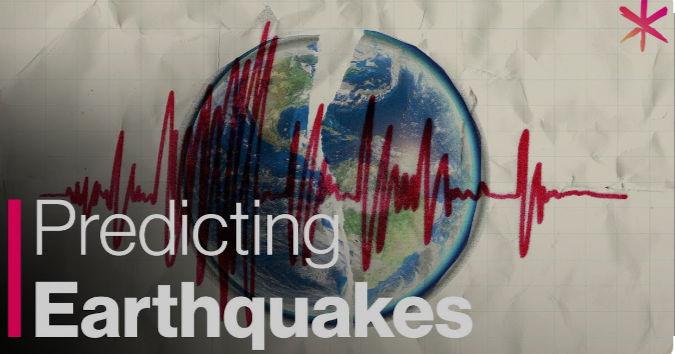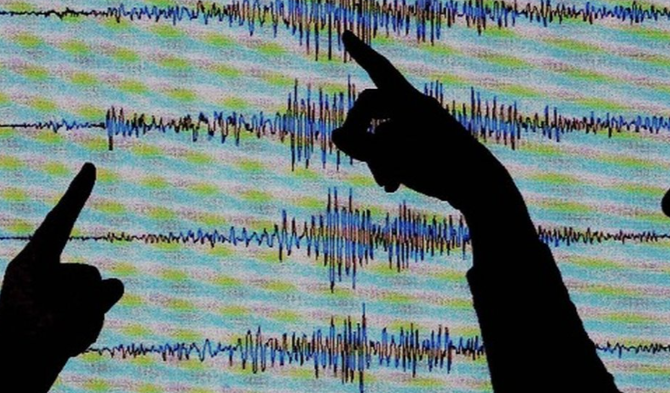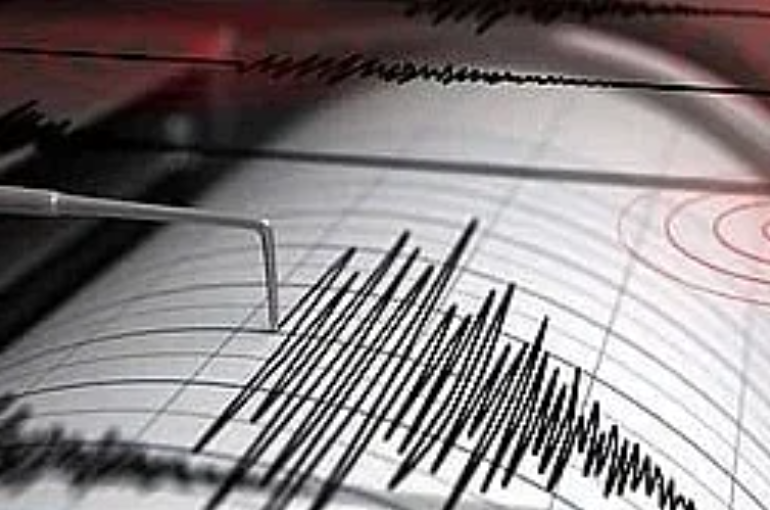Predict Earthquakes: Natural disasters like earthquakes, tsunamis, and floods cause significant damage to people’s lives and infrastructure. While we have developed effective methods for predicting some natural disasters, like tsunamis and floods, a reliable method for earthquake prediction remains elusive. However, scientists worldwide have been working to develop techniques that could potentially provide earthquake warnings months in advance.
Predict Earthquakes: Researchers at the University of Alaska Fairbanks (UAF) in the United States have made strides in this area. While analyzing data from two major earthquakes in Alaska and California, they discovered a new method that may allow for the prediction of large earthquakes by detecting subtle, low-level tectonic activity in certain regions. UAF Geophysical Institute research assistant professor Tursillo Girona explained that this method leverages machine learning, a branch of artificial intelligence (AI), to analyze past earthquake data and identify patterns that could indicate major seismic events.
How Machine Learning is Used in Earthquake Prediction
A recent paper published in Nature Communications highlights a breakthrough in earthquake forecasting. In this study, scientists developed a computer algorithm capable of analyzing high-magnitude earthquake data. This algorithm was trained using data from two significant earthquakes: the 2018 Anchorage earthquake (7.1 magnitude) and the 2019 Ridgecrest earthquake in California (6.4 to 7.1 magnitude).
By analyzing the data, the researchers discovered that 15 to 25 percent of low-magnitude earthquakes in south-central Alaska and southern California occurred three months before the main event. Most of these smaller tremors, which typically registered below 1.5 on the Richter scale, occurred well before the large earthquakes took place. For instance, the Anchorage earthquake struck on November 30, 2018, and was preceded by several minor tremors that the new algorithm was able to identify.
The algorithm can predict, with up to an 80 percent accuracy, the likelihood of a major earthquake occurring within 90 days. This method works by detecting seismic instability before the main event, providing a valuable window for early warning.

How Smartphones Could Play a Role (Predict Earthquakes)
As Predict Earthquakes systems advance, there is potential to integrate early warning signals into everyday technology, such as smartphones. While details on how this can be implemented remain under development, the increasing sophistication of seismic networks and machine learning tools means that real-time alerts on mobile devices could become a reality in the future.
The Role of Machine Learning in Earthquake Research
Predict Earthquakes: Machine learning is transforming earthquake research. Modern seismic networks produce vast datasets, and by analyzing this data, researchers can potentially identify signs of seismic activity before an earthquake strikes. This technology, combined with high-performance computing, can help predict earthquakes with greater accuracy and in real time. The algorithm being developed by scientists could also help overcome some of the challenges in earthquake forecasting by providing situational information that could save lives.

Despite these advances, there remains some debate over the reliability of these predictions. While the methods show promise, ensuring completely accurate earthquake forecasting is still a challenge. However, even partial success in this area could significantly reduce economic damage and loss of life by giving communities more time to prepare.

